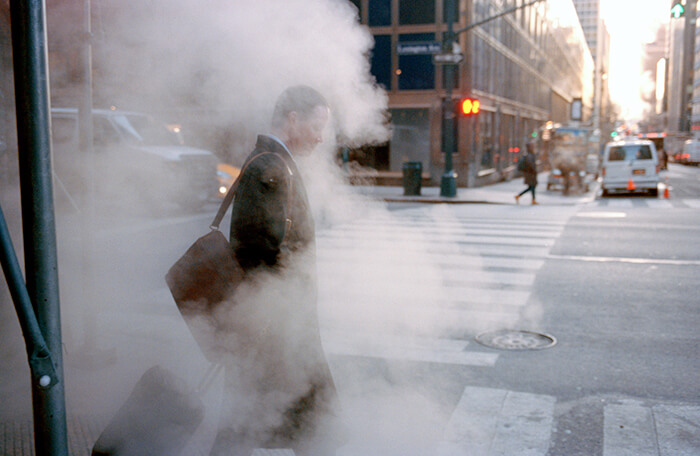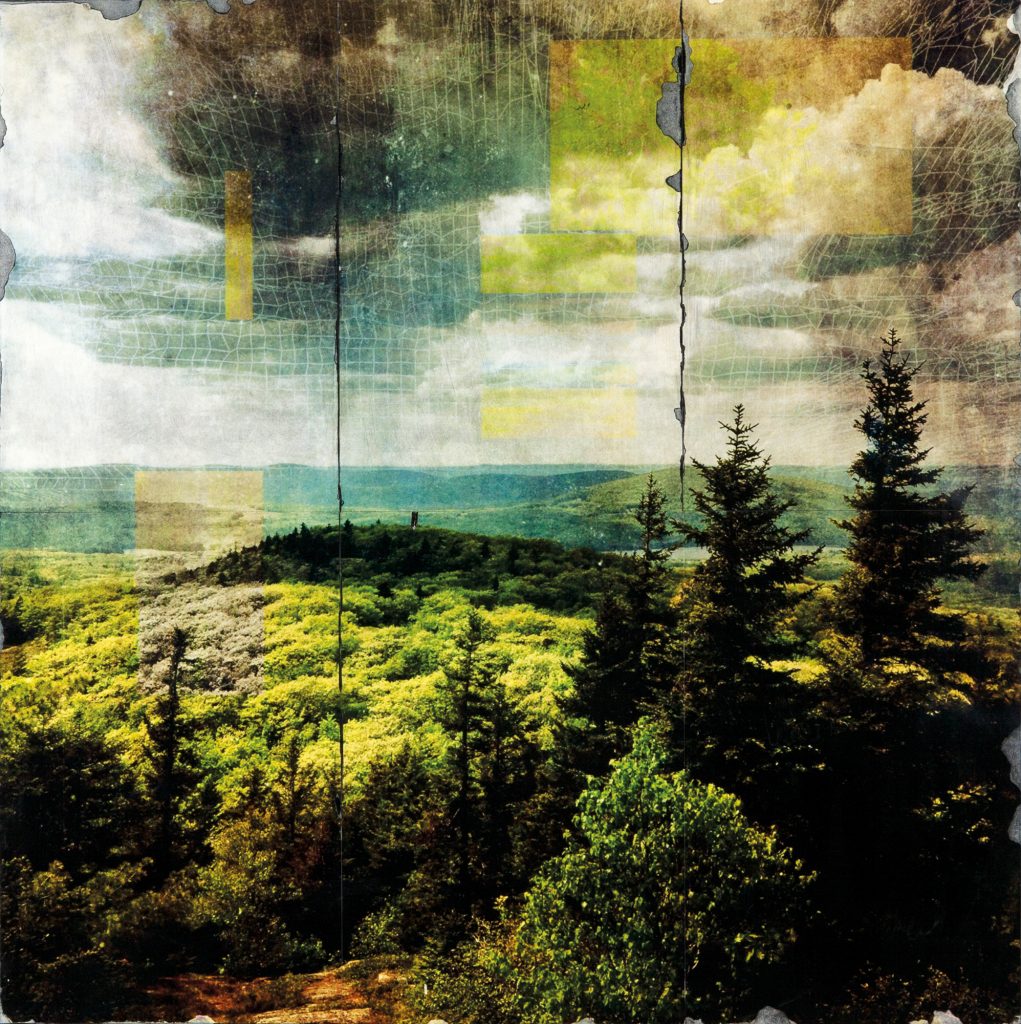Chad Crews: The Decisive Moment


I am constantly engaged by your images and your ability to capture the decisive moment in your New York City street photography. Tell me about your process and the development of your street work?
It really all started with an early morning walk one weekend in winter 2010/2011. I set out and just kept walking towards areas in Brooklyn I’d never been to. Eventually 1 mile turned into 20 and from that day on I was hooked.
In the beginning, all the images were devoid of people. Random pictures of things that were well lit. I can’t say they were all that great, but during the process of going out every morning I found myself charting the suns position and movements at certain times and would compare it to a map of Brooklyn to determine which streets would have the best lighting and when.



Soon enough I knew where and when to go for the best possible light.
It took time to build up the confidence to take pictures of people. I started out timid, shooting from the hip and hiding the camera. I hated that feeling – and the shots were terrible. But after a couple of weeks of studying and practicing in the city, it got easier. I became aware that, for the most part, everyone was oblivious to my presence. Eventually I could stand right next to someone, face them, compose and snap a picture or two without a problem, then we’d both be on our way without a second thought.
In addition to the daily treks through the city, I would attend community gatherings, parades, festivals, and protests throughout the city, and I loved going out in bad weather. I would go to Penn Station, Times SQ, Central Park, Grand Central, when it was raining, snowing, a blizzard, a hurricane — traveling to each all on foot. I was a part of it and was capturing the life of the city as it lived. I really loved that feeling.
As of February I’ve moved back to Los Angeles where I’m practicing the same techniques, but learning in a completely new atmosphere.

You shoot film. It’s funny I am more of a content and concept guy right now but I still feel that your choice to use film adds to the style and environment of New York while also giving them a timeless feel.
Yeah, maybe. I think I shoot film because I’ve only ever shot film. It’s what I know. I’ve learned its nuances and characteristics. To me it has a soul and is an actual tangible medium I can hold in my hands. I need that to work. I have my process and preferences that I know fluently and its a very satisfying process at that; albeit, not the quickest. That said, I have no qualms with digital users, it just isn’t for me.


Editing the images is a tricky thing sometimes with street photography. How do you edit your work?
Slowly and methodically. I shoot a lot, everyday, but I’m not trying to rush anything mediocre into existence. There’s plenty of that out there as it is.
I’ll typically wait months, even a year or two before looking through negatives and I still have hundreds to go through dating back to 2012.

By the time I make contacts I’m seeing each image independently of emotional attachments or anticipations and purely judging composition, color, and the subject matter. I’ll then make selects and wait some more. A few weeks will pass and I’ll go back through for another look and edit those down.
As time passes and I go through more sheets, there are certain images I’ll see that just feel right together. Those will get placed together and when there’s enough to make something with them, I’ll then put them together and make final cuts from there. Sometimes images in a “select” catalog are each individual and sometimes there is some overlap between 2 or more catalogs.

The lighting is both natural and reflects your eye. With New York City buildings throwing long shadows during the day – you use that to matte the subject – editing in camera what is in the frame.
There were some places I would discover while wandering that had these great pockets of light at certain times of the day. I would go back to these places days at a time and just wait for the right character to pass through them. Sometimes the light changed before I was able to get the right person in the frame and would wait until the next year to try again.

I like the idea of leaving any form in the shadows or as a silhouette. You take the picture as you see it. Sometimes they work and sometimes they don’t. More often than not they wouldn’t.
Chad Crews Website: http://chadcrews.com/









Responses